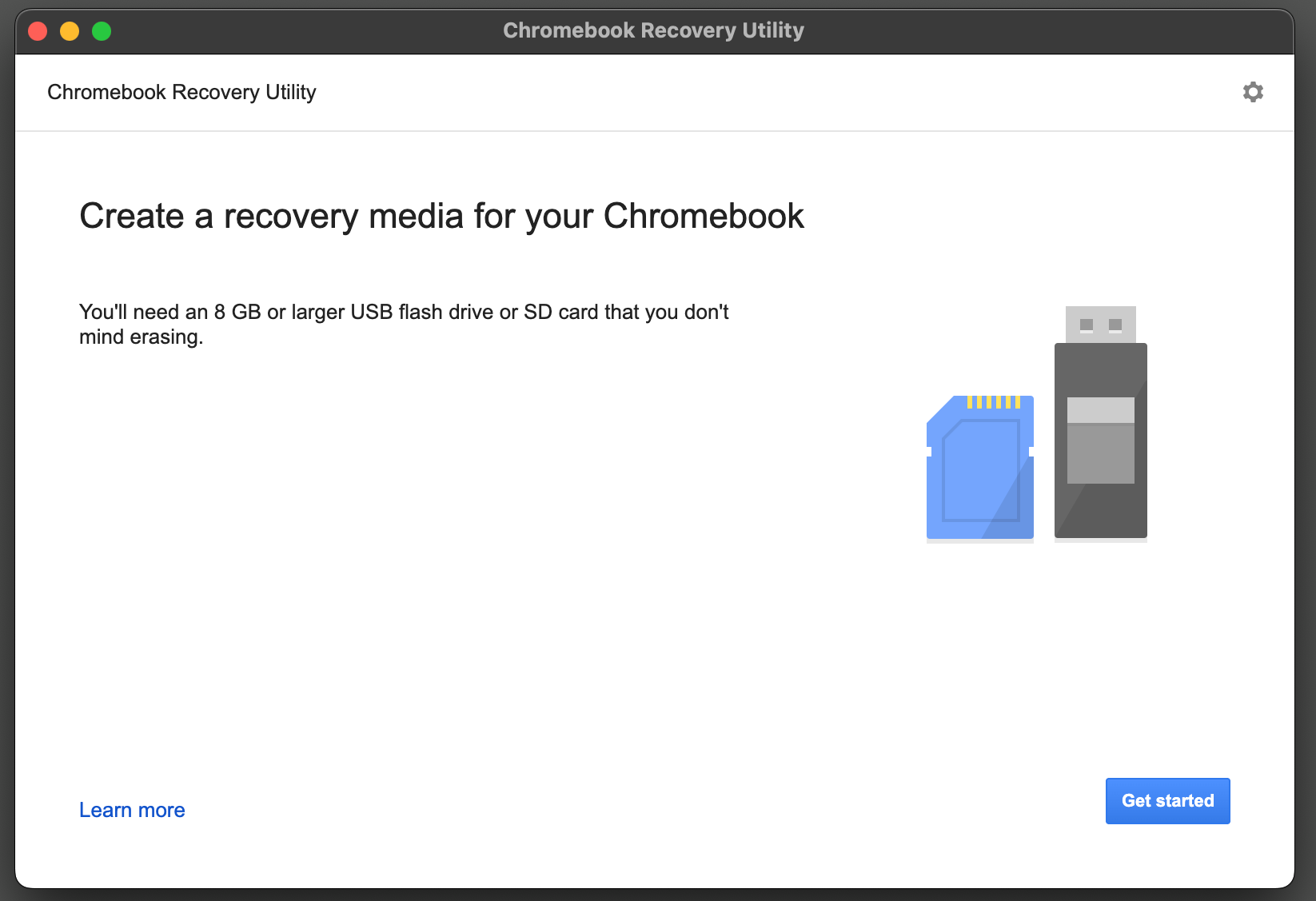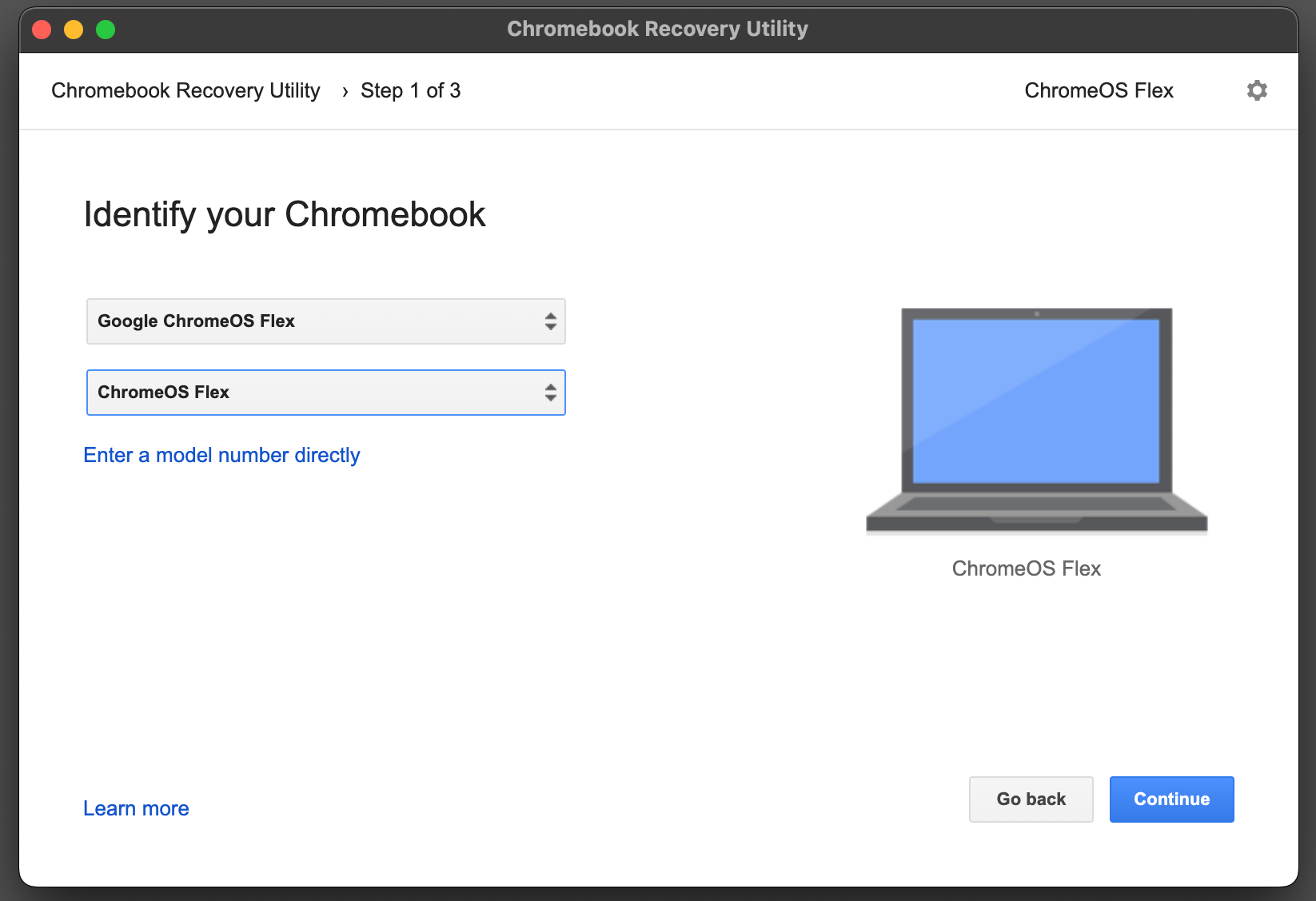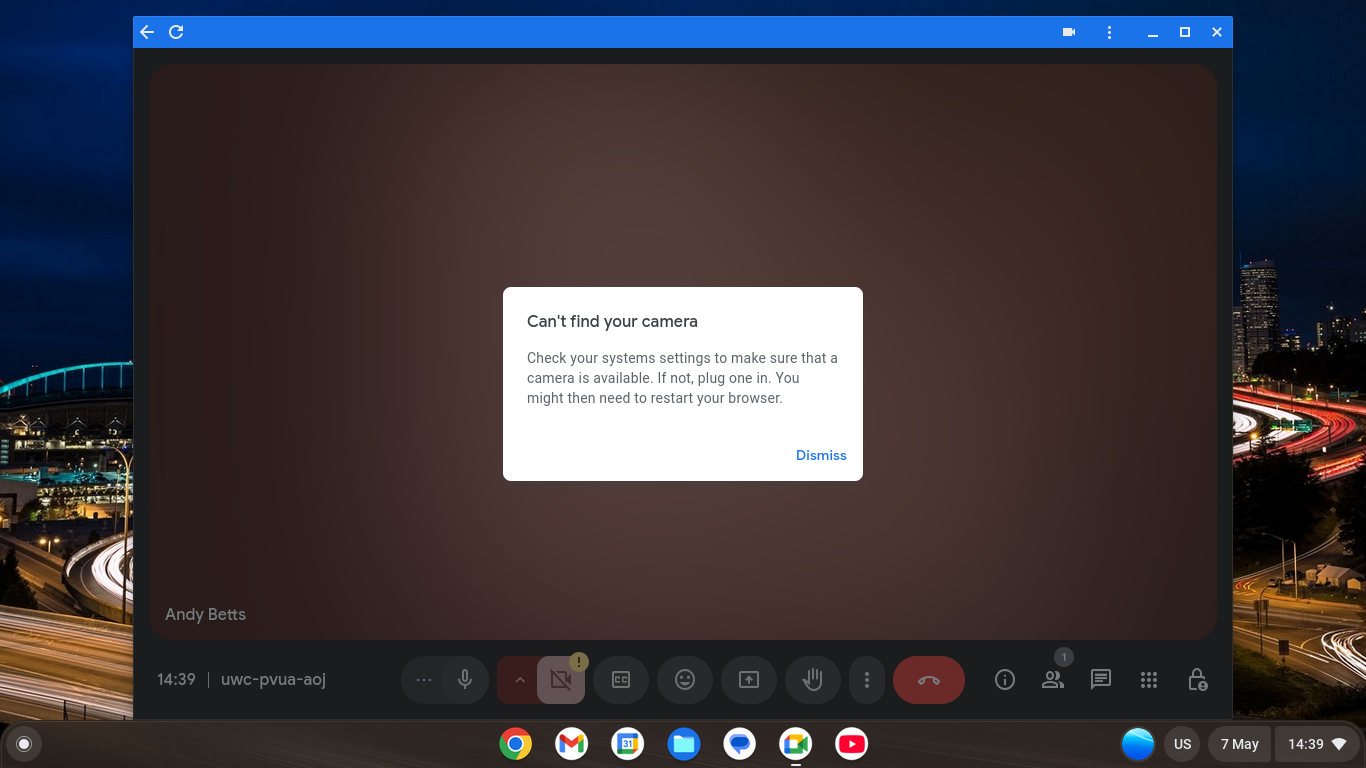Summary
- Installing ChromeOS Flex gives new life to an old MacBook, making it fast and usable again for basic tasks.
- The setup process is straightforward, though some hardware quirks remain.
- Without Android app support, ChromeOS Flex feels limited, but it still serves well as a lightweight backup option.
What’s the best use for an old computer that barely works and has no resale value? For me, and my 12-year-old MacBook Air, there was only one answer: bring it back to life with ChromeOS Flex and turn it into a Chromebook.
Why I Chose to Install ChromeOS Flex on My Old Mac
My old MacBook Air has seen better days. It’s one of the compact ones with an 11-inch screen and 4GB of RAM. The operating system hasn’t been updated for years, and the battery is dead. Its value, whether for sale or as a hand-me-down, is pretty much zero. So, rather than dump it, I figured I’d try to revive it with a new operating system.
Given how lightweight it is, ChromeOS Flex was the obvious choice. Even though the laptop is a little short on memory, its Intel processor and 256GB of storage far outweigh what you get from a budget Chromebook. And checking the ChromeOS Flex compatibility page, it seemed like it was supported.
Although I don’t normally use the Chrome browser, I figured that I could still make use of a lightweight laptop for casual browsing. And although Linux would no doubt be more useful, finding a Linux distro that could run on such a low-spec machine and then getting it all set up seemed like a lot more effort.
I headed over to the ChromeOS Flex download page to get started.
The Installation Process Is a Breeze
The instructions for installing ChromeOS Flex are easy to follow and not very hands-on. Along with the compatible computer (it runs on Windows computers as well as Macs), you need a USB drive with at least 8GB of storage and a recent version of the Chrome browser with the Chromebook Recovery Utility extension.
You then follow the simple steps: connect the drive, install and run the Chromebook Recovery Utility extension, and follow the onscreen prompts.
In the Identify Your Chromebook screen, choose “Select a model from a list” and select ChromeOS Flex in both boxes. Then click through until you get to the “Create Now” option. The process to create the ChromeOS image took about three minutes, and around 15 minutes to copy it to the disk. I used an old USB drive I found in my drawer. A newer and better one would have shaved a few minutes off the time.
With that done, the trickiest part is to reboot to the USB drive. On my MacBook, that meant holding down the Alt (Option) key while restarting; on other Macs or Windows machines, it’ll be different.
You have the choice to test out ChromeOS Flex directly from the USB drive or to install it onto the computer, wiping the original OS in the process. I tested mine to make sure it worked, but since I didn’t need anything on my MacBook’s drive, I quickly switched to installing it.
This involves rebooting to the drive again and selecting “Install ChromeOS Flex.” Click through the warnings and confirmations, and it’s good to go.
What It’s Like Using ChromeOS on a Mac
The final steps involve setting up ChromeOS, changing basic settings, connecting to Wi-Fi, and adding your Google account details. I later added a second Google account, which presented no problems.
As a non-Chrome user, I didn’t have bookmarks and things in place already. I’d need to import them from my usual browsers on another computer to get them. But everything else from my Google account was there, including Gmail, Drive files, photos, notes, and so on.
Most things worked as expected, and surprisingly well. I had to play around with some of the settings to get things working properly, like reversing the scrolling direction of the trackpad. I also had to use the US layout for the keyboard even though I’m in the UK.
Keyboard shortcuts worked pretty well, including the Function keys. F3 opens the virtual desktops in ChromeOS, and F4 opens the Launcher just as in macOS. And though ChromeOS uses the Control key for shortcuts like copy and paste, the Command key does the same job with a Mac keyboard.
There were a few problems. The camera on my MacBook Air isn’t supported in ChromeOS Flex. Apparently, this is specific to my model, and other MacBook cameras may work fine. The laptop also powered off when I shut the lid, even though it was set to sleep. It’s possible that it’s related to the faulty battery.
Plus, I had to deal with the limitations of Flex itself, mainly that it doesn’t support Android apps. These apps vastly increase the functionality of ChromeOS on Chromebooks, and without them, Flex is much more limited.
You can use Chrome extensions, but these are obviously a poor alternative to dedicated apps. They’re more limited in choice and functionality, and come with all sorts of privacy concerns. I decided my MacBook running ChromeOS was going to be a Google machine and nothing more.
The experience of using ChromeOS Flex on my old MacBook Air was pretty painless. It was easy to set up, and in use, it was fast and responsive.
There are a few limitations, and ChromeOS Flex isn’t as good as the full ChromeOS. But then, my MacBook’s hardware—the build quality, keyboard, storage capacity, and more—is much better than the vast majority of Chromebooks.
It’s probably too limited to use as anything more than a backup, but I’m keeping it installed, so I’ll see. I may yet squeeze a few more years out of this trusty MacBook.










